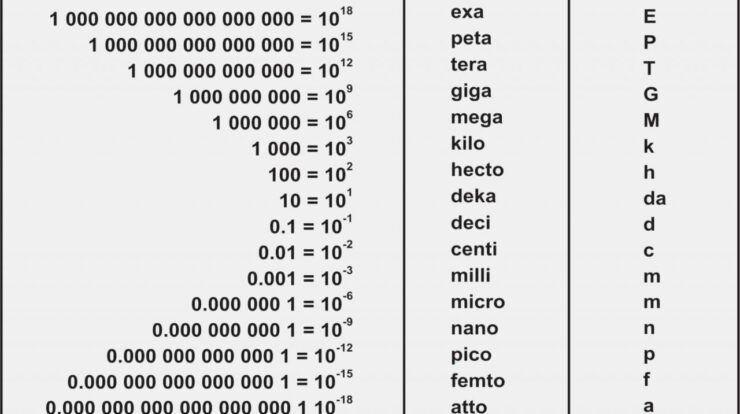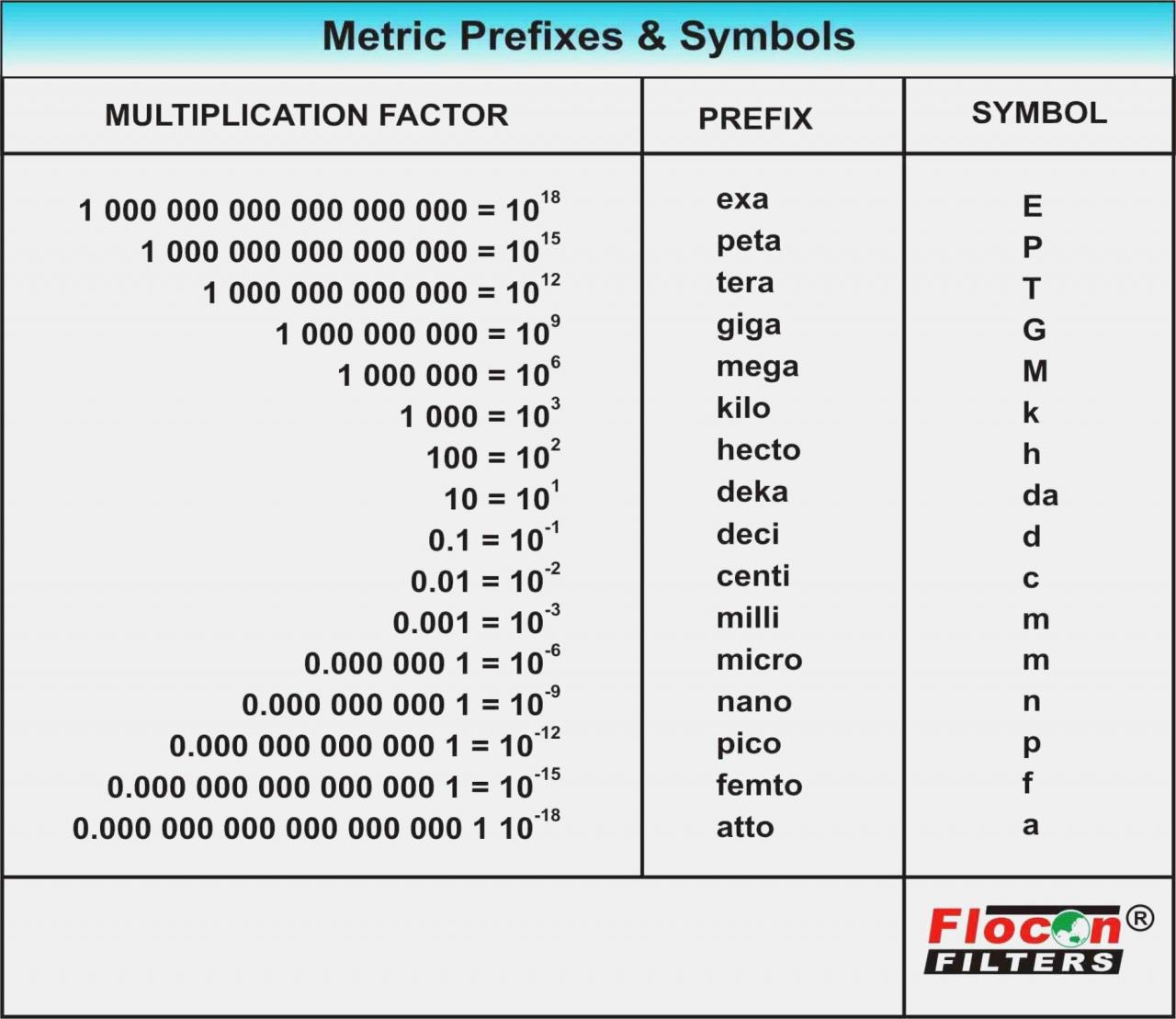
Pico measurement, the intricate art of quantifying minute electrical signals, has revolutionized scientific research and industrial applications alike. Delving into its principles, techniques, and applications, this comprehensive guide unveils the captivating world of picosecond precision.
From unraveling the secrets of picosecond phenomena to empowering groundbreaking advancements in fields ranging from telecommunications to medicine, pico measurement stands as a testament to human ingenuity and the relentless pursuit of knowledge.
Pico Measurement Techniques
Pico measurements are a crucial aspect of various scientific and engineering disciplines, enabling the precise quantification of minute physical phenomena and characteristics.
The principle of pico measurement lies in the accurate measurement of extremely small values, typically in the picosecond or picofarad range. These measurements require specialized instrumentation and techniques to capture and analyze signals with high resolution and sensitivity.
Pico Measurement Examples
- Picosecond laser spectroscopy for studying ultrafast chemical reactions
- Picoampere current measurements in semiconductor devices
- Picofarad capacitance measurements in electronic circuits
Advantages and Disadvantages of Pico Measurement Techniques
Advantages:
- High precision and accuracy
- Ability to capture transient or fast-changing phenomena
- Wide range of applications across scientific disciplines
Disadvantages:
- Specialized and expensive instrumentation
- Susceptibility to noise and interference
- Requires skilled operators and rigorous calibration procedures
Pico Measurement Instrumentation
Pico measurement instrumentation encompasses a range of specialized devices designed to capture and analyze picosecond and picofarad signals with high accuracy.
Types of Pico Measurement Instruments
- Picosecond oscilloscopes for measuring fast-changing voltage signals
- Picoammeters for measuring minute currents
- Picosecond pulse generators for generating ultrashort electrical pulses
- Picosecond time-resolved spectrometers for analyzing ultrafast optical phenomena
Working Principles of Pico Measurement Instruments
Pico measurement instruments utilize advanced electronic and optical components to achieve high-speed signal acquisition and analysis. They often employ time-domain reflectometry (TDR) or frequency-domain reflectometry (FDR) techniques to measure the electrical properties of materials and devices.
Specifications and Capabilities of Pico Measurement Instruments
Pico measurement instruments are characterized by their bandwidth, rise time, sensitivity, and dynamic range. The bandwidth determines the frequency range over which the instrument can accurately measure signals, while the rise time indicates its ability to capture fast-changing events. Sensitivity refers to the instrument’s ability to detect weak signals, and dynamic range represents the ratio between the largest and smallest measurable signals.
Pico Measurement Applications
Pico measurement techniques find applications in a wide range of scientific and engineering fields, including:
Examples of Pico Measurement Applications
- Semiconductor device characterization
- Ultrafast optical communication systems
- Biological and medical imaging
- High-energy physics experiments
Challenges and Limitations of Pico Measurement Applications
Pico measurement applications face challenges such as noise interference, signal distortion, and data interpretation complexities. Additionally, the specialized instrumentation and skilled operators required can limit the accessibility and widespread adoption of these techniques.
Future Trends and Advancements in Pico Measurement Applications
Ongoing research and technological advancements are driving the development of new pico measurement techniques and applications. These include the integration of artificial intelligence (AI) for automated data analysis, the miniaturization of instrumentation for portable and field-deployable measurements, and the exploration of new frontiers in quantum picosecond measurements.
Pico Measurement Standards and Regulations
Pico measurement techniques are subject to various standards and regulations to ensure accuracy, reliability, and traceability of measurements.
Relevant Standards for Pico Measurement
- IEEE Std 181-2011: IEEE Standard for Measurement of Ultra-Short Time Intervals
- IEC 60050-151: International Electrotechnical Commission (IEC) Standard for High-Speed Electrical Measurements
Importance of Calibration and Traceability in Pico Measurement
Calibration of pico measurement instruments is crucial to maintain their accuracy and ensure traceability to recognized standards. Traceability provides a documented chain of comparisons that links the measurements to a known reference standard.
Quality Assurance and Control Measures for Pico Measurement
Rigorous quality assurance and control measures are essential to ensure the validity and reliability of pico measurement results. These measures include regular instrument calibration, proper measurement procedures, and thorough data analysis and interpretation.
Pico Measurement Data Analysis and Interpretation
Pico measurement data analysis and interpretation involve specialized techniques to extract meaningful information from the captured signals.
Techniques for Analyzing Pico Measurement Data
- Time-domain analysis for studying signal waveforms and timing characteristics
- Frequency-domain analysis for identifying frequency components and spectral content
- Statistical analysis for characterizing signal distributions and variability
Use of Statistical Methods in Pico Measurement Data Analysis
Statistical methods, such as hypothesis testing and regression analysis, are employed to assess the significance of measurement results, identify trends, and make inferences about the underlying physical phenomena.
Challenges and Best Practices in Pico Measurement Data Interpretation
Challenges in pico measurement data interpretation include noise reduction, signal distortion correction, and dealing with large datasets. Best practices involve careful data preprocessing, rigorous statistical analysis, and validation of results against known references or theoretical models.
Wrap-Up

As the frontiers of science and technology continue to expand, pico measurement will undoubtedly play an increasingly pivotal role. With its unparalleled precision and versatility, it empowers researchers, engineers, and scientists to unlock new discoveries and push the boundaries of human knowledge.
FAQ
What is the fundamental principle of pico measurement?
Pico measurement is based on the precise quantification of electrical signals occurring within picosecond timescales, typically ranging from femtoseconds to nanoseconds.
What are the key advantages of pico measurement techniques?
Pico measurement offers exceptional temporal resolution, enabling the characterization of ultra-fast electrical phenomena and the analysis of high-frequency signals.
What are the challenges associated with pico measurement applications?
Pico measurement applications often require specialized instrumentation and expertise due to the extremely short timescales involved and the potential for noise and interference.





